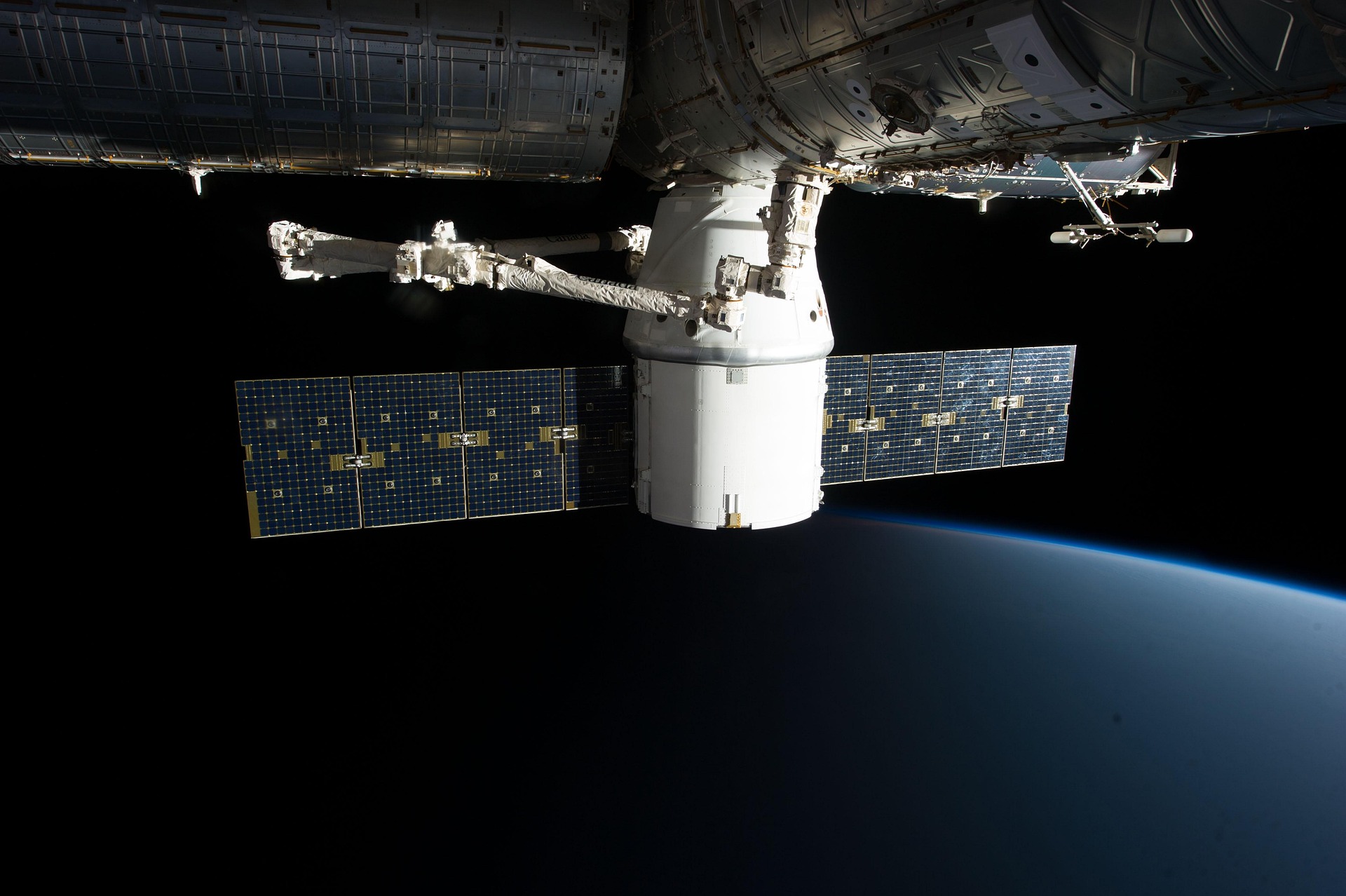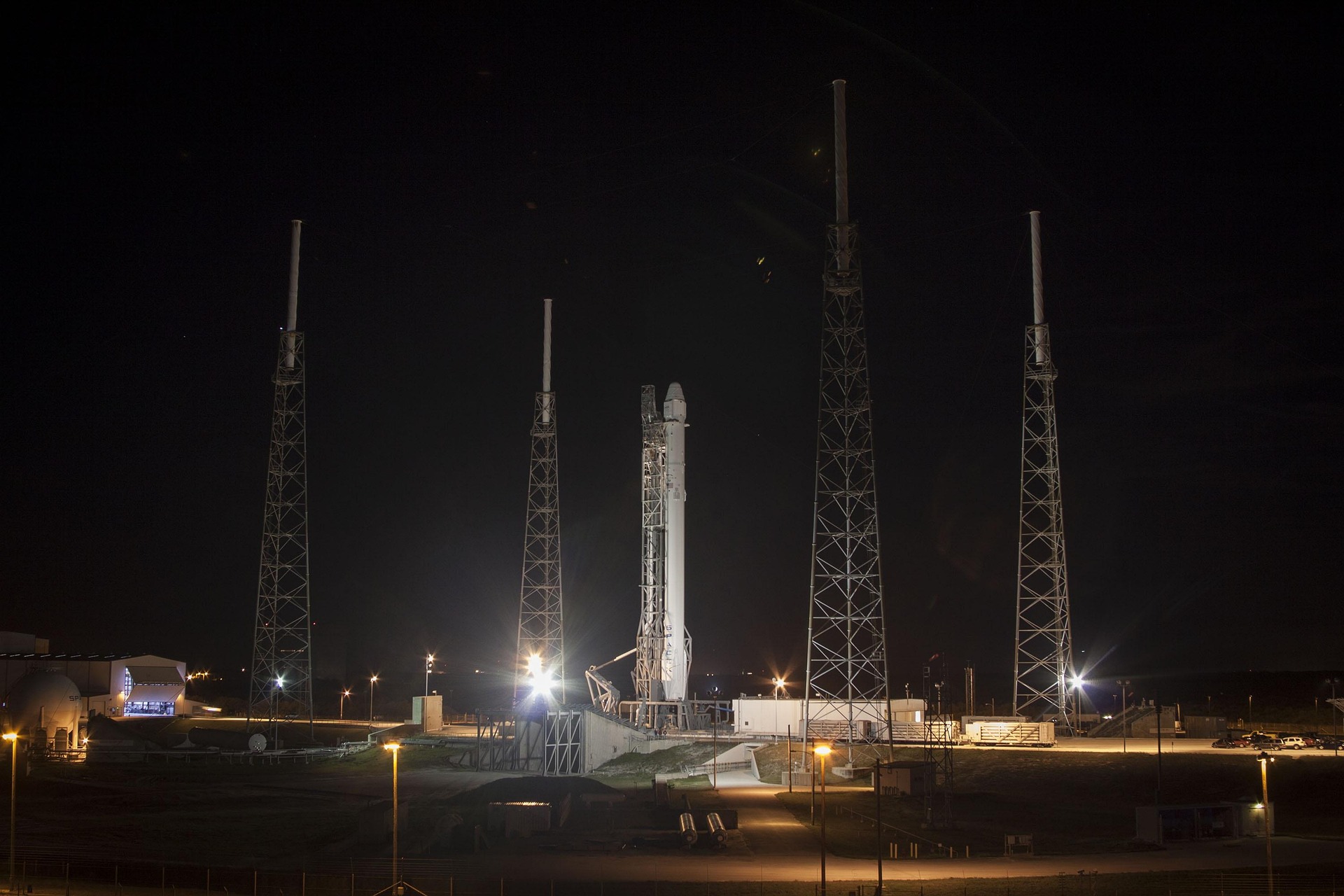On April 27, 2025, SpaceX reached a major milestone with the successful launch of its 250th dedicated Starlink mission. The launch deployed 23 more satellites into low Earth orbit, 13 of which feature direct-to-cell capabilities, marking a critical step in expanding the constellation’s reach and utility for mobile connectivity across the globe.
A reusable launch with military precision
The mission launched at 10:09 p.m. EDT from Cape Canaveral Space Force Station in Florida using a Falcon 9 rocket. Just eight minutes after takeoff, the rocket’s first-stage booster—designated B1077—landed flawlessly on the drone ship Just Read the Instructions stationed in the Atlantic. This was the booster’s 20th successful flight and recovery, showcasing SpaceX’s industry-leading reusability and operational efficiency.
SpaceX’s consistent ability to recover and reuse boosters has been central to lowering the cost of space access, a model that continues to distinguish the company from competitors both in the private sector and among government contractors.
Direct-to-cell tech marks next phase of Starlink’s evolution
This latest launch brings the total number of Starlink satellites deployed since 2019 to over 8,400, with more than 7,000 currently active. The inclusion of direct-to-cell capability in over half of the new satellites signals a new strategic phase: connecting standard mobile phones directly to satellites without needing ground-based cell towers.
This enhancement opens the door to internet access in extremely remote or underserved regions—mountainous terrain, open oceans, disaster-struck areas—where conventional infrastructure either doesn’t exist or is too costly to build and maintain.
Competition heats up in satellite broadband
SpaceX’s success comes at a time when competition in space-based broadband is intensifying. Amazon’s Project Kuiper recently launched its first batch of 27 satellites as it seeks to carve out a portion of the growing demand for satellite internet services. Other players such as OneWeb, Telesat, and China’s Guowang system are also racing to establish their constellations.
Despite the competition, SpaceX maintains a lead in deployment volume, operational satellites, and demonstrated technological innovation. Its vertically integrated manufacturing and launch capabilities continue to give it a decisive edge.
A rapid pace with no signs of slowing
The 250th Starlink mission is far from a plateau. SpaceX has multiple launches scheduled in the coming weeks, maintaining its aggressive cadence. The ultimate goal remains unchanged: to build a megaconstellation of tens of thousands of satellites, delivering high-speed internet to every corner of the Earth.
With direct-to-device tech becoming operational and inter-satellite laser links already in use, Starlink is evolving from a broadband experiment into a global communications backbone. As more nations and companies take to the skies, the fight for space-based connectivity supremacy is no longer theoretical—it’s well underway.





